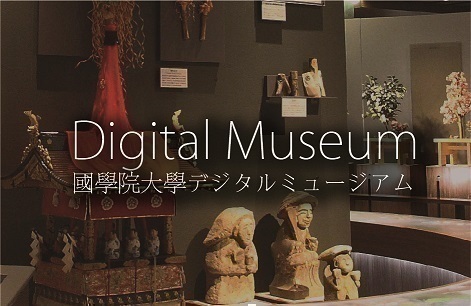- トップ
- Encyclopedia of Shinto
- Haibutsukishaku
Encyclopedia of Shinto
| Main Menu: | |
| Links: |
詳細表示 (Complete Article)
| カテゴリー1: | 7. Concepts and Doctrines |
|---|---|
| カテゴリー2: | Doctrines and Theories |
| Title | Haibutsukishaku |
| Text | This term signifies a particular school of thought that espoused the idea of shunning and expelling Buddhism. It also refers to the historic movement that based on this type of thought eventually destroyed Buddhist temples, halls, images, and ritual implements and forcibly laicized Buddhist monks. In its broad definition, the term includes the Mononobe clan's rejection of Buddhism in antiquity, as well as the temple rationalization policies and defrocking of monks carried out for Confucian political and fiscal reasons by mainly the Aizu, Okayama, and Mito domains in the early modern period. In its narrow definition, it refers to the radical anti-Buddhist movement that occurred in connection with the Satsuma domain's and Meiji government's policy to separate kami and buddhas (shinbutsu bunri). The haibutsu kishaku that occurred in places like the Aizu domain during the first half of the early modern period stemmed from Confucian anti-Buddhist thought. However, the haibutsu kishaku of the bakumatsu (the last years of the Edo period) and early Meiji eras differed from this traditional Confucian form of anti-Buddhism as it — based on the discourses of kokugaku and Shinto-centrism — displayed ideas of the necessity to clearly distinguish between Shinto and Buddhism. For example, in the Satsuma domain of the bakumatsu era, the strand of kokugaku based on Hirata Atsutane's ideas became influential among domainal retainers and Shinto priests. This anti-Buddhist thought was adopted by the Satsuma government and, after 1865, haibutsu (anti-Buddhist) policies were carried out on a large scale. Political considerations of integrating temple properties into the economy in order to restore the domain's finances formed the ideological background of these policies. In this way, the haibutsu policies of the various domains in the early modern period were not merely ideological in nature, but also had a definite economic element. The double-sided nature of anti-Buddhist policies was perpetuated in the haibutsu kishaku that accompanied the shinbutsu bunri policy of the early Meiji era. After the third month of 1868, the early Meiji government promulgated a series of orders calling for the separation of kami and buddhas and ordered shrines nationwide to remove all Buddhist trappings. However, following the promulgation of this order, a radical haibutsu kishaku movement developed throughout Japan at shrines that had hitherto displayed a strong amalgamation of kami-beliefs and Buddhism. Moreover, as happened with the Buddhist temple Kōfukuji in Nara, there occurred cases where the temple fell into ruin when the monzeki (members of the imperial family serving in high positions at major Buddhist temples) returned to lay life, which, in the end, comes close to direct acts of haibutsu kishaku. The government frequently stated that the shinbutsu bunri policy was not intended in an anti-Buddhist way. However, local officials who intended to use the wealthy economic foundations of the temples for the economic reconstruction of government-controlled lands and for the domains, strongly promoted temple amalgamation. Some domains boldly distorted the plans of the government and enforced severe haibutsu policies which, as was for example the case in the Toyama domain, consolidated about three-hundred temples into one temple per Buddhist sect under what they called a strict execution of the government's policies. The general population, which had suffered under the demands imposed on them by the temples for a long time, were inspired by the anti-Buddhist policies of the local officials, and carried out their own anti-Buddhist movement independent of the official policies, destroying temples and ritual objects. The result was that precious Buddhist artifacts were lost or sold abroad for very little. The haibutsu kishaku, together with the separation of kami and buddhas, inflicted incalculable damage on Japan's religious culture and on the faith of the Japanese people. — Sakamoto Koremaru |




